Well, lab mice have revealed a lot about human biology, but lab buys aren't diverse.
In fact, they're usually genetically identical to each other, like twins, so that experiments can be more precise.
Scientists have come up with a solution and it's called the Collaborative Cross. Instead of taking offspring from just one set of parents, we pool all of the offspring from eight very different sets of parents. After separating each of them, sequencing their DNA, and breeding them, we suddenly have an impressive group of very diverse mice to study. And what's important is that, unlike in humans, we know their exact genetics, which means we can finally address how diversity affects disease and human health.
In just 15 minutes, you can dive into the unique advantages of the Collaborative Cross (CC) and Diversity Outbred (DO) in the JAX Online MicroLesson, “Genetically Diverse Mice”. This introductory lesson will deepen your understanding of how these genetically diverse mouse models are used in genetic and genomic research studies.
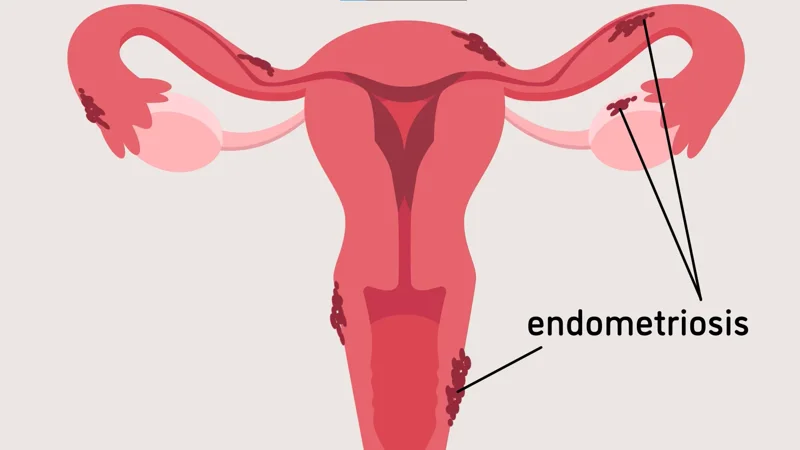
Endometriosis is a fairly common gynecological condition that affects 200 million people with uteruses worldwide. So what is this condition, exactly, and what can be done about it?
View more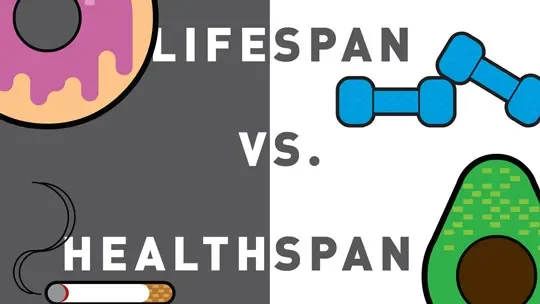
We all want to live long lives, but not at the expense of our health!
View more


The trillions of bacteria, fungi and viruses that live on the skin all over our bodies is part of the microbiome.
View more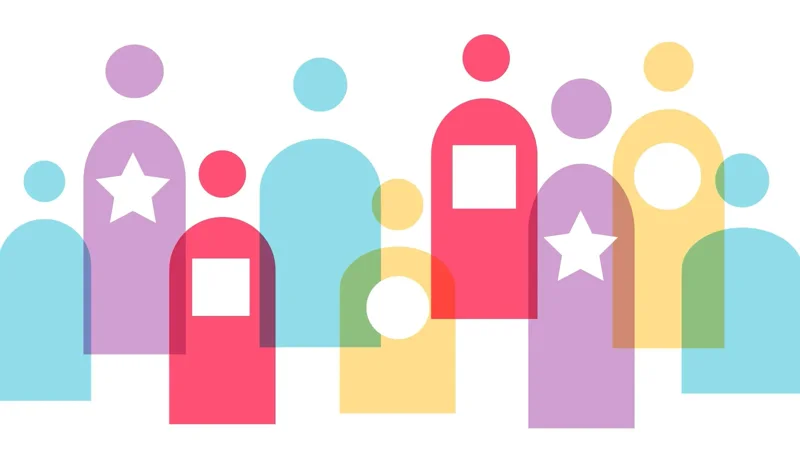
Discover what genetic resilience is and how our genetic makeup can protect us from disease in this Minute to Understanding from The Jackson Laboratory!
View more
Mutations in our genes can cause life-threatening diseases, and sometimes there is no drug or surgery available for your doctor to prescribe. Enter gene therapy.
View more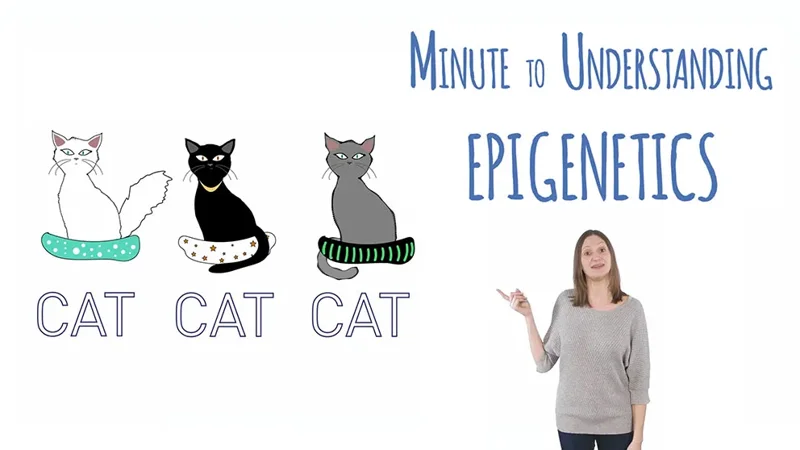
Learn how epigenetic changes can affect an individual — without physically changing their DNA sequence.
View more
The difference between genetics and genomics is not just the letter "O."
View more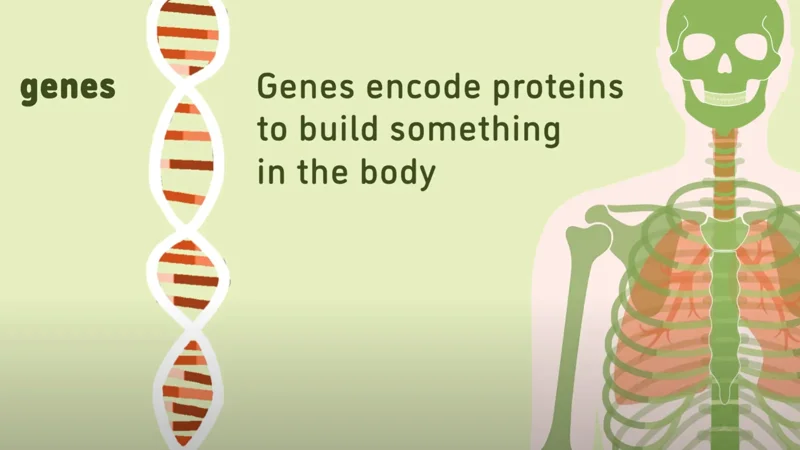
Every person in the world is different. We all have physical characteristics and quirks that make us unique. But what, biologically, makes us who we are?
View more
Discover what DNA is and how it serves as the genetic instruction manual for life. Learn how DNA sequences determine traits and pass heritable information from one generation to the next.
View more
What are telomeres? Telomeres are structures made from DNA sequences and proteins found at the ends of chromosomes. They cap and protect the end of a chromosome like the end of a shoelace.
View more
Explore bite-sized science with Minute to Understanding. Quick, easy-to-remember videos simplify complex scientific terms and breakthroughs. Perfect for staying informed on the latest advancements.
View more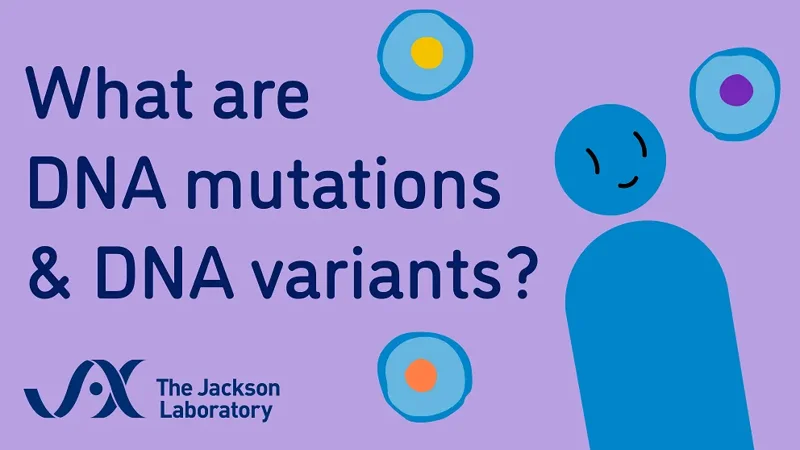
Explore DNA variants and discover how mutations during DNA replication make each organism unique. Learn about their role in genetic variation and their potential impact on life.
Learn more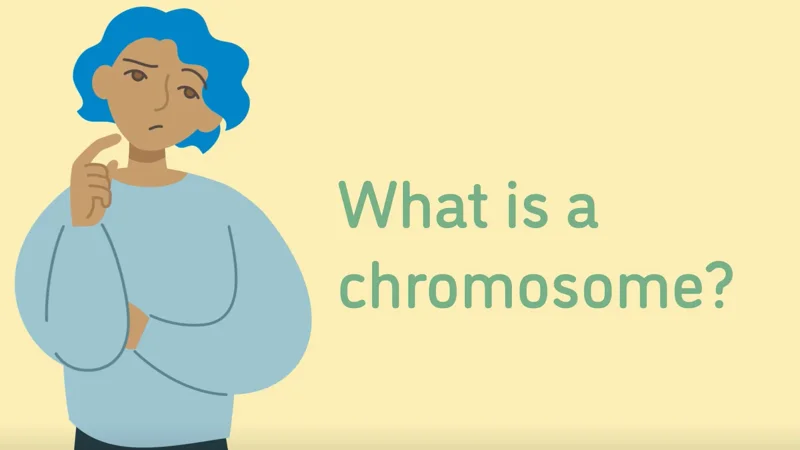
Discover the role of chromosomes in cell division and genetic data storage. Learn how these DNA-packed structures enable proper cell function and ensure life’s continuity.
View more